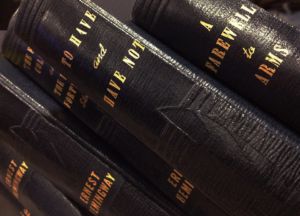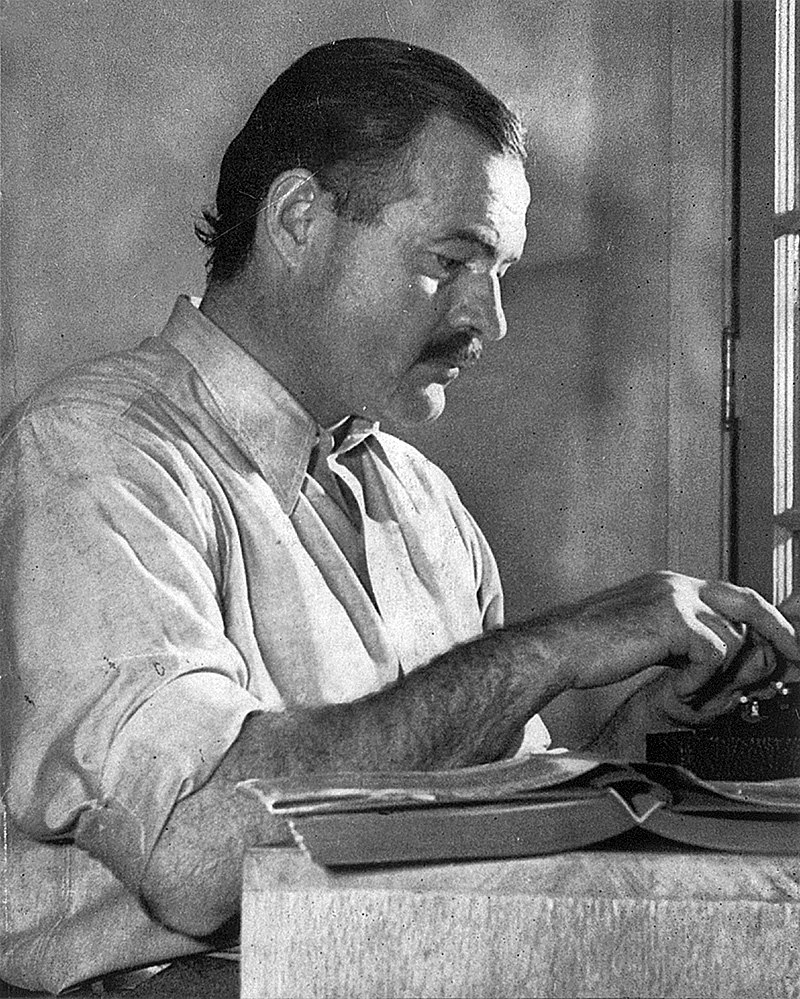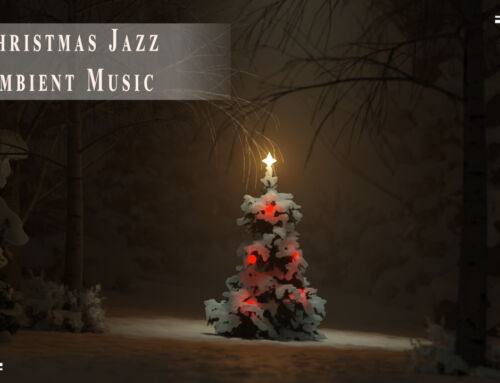Ernest Hemingway and his Writing style
As one of the the most celebrated writers of the twentieth century, Ernest Hemingway has remained a much referenced influence on many contemporary writers. His direct, unadorned style changed the face of American writing and in 1954 he was awarded with the Nobel Prize for literature.
When reading Hemingway’s work, most are struck with the simplicity of his technique. His contemporaries were renowned for their use of flowery language and long, complex sentences but Hemingway shook things up. As he himself opines in his non-fiction work Death in the Afternoon, “Prose is architecture, not interior decoration, and the Baroque is over.”
Hemingway was influenced by several of his literary predecessors including Joseph Conrad and Stephen Crane. He was also quoted as saying that, “All modern American literature comes from one book by Mark Twain called Huckleberry Finn. American writing comes from that. There was nothing before. There has been nothing as good since.” There were also his Russian influences – Leo Tolstoy, Anton Chekhov and Fyodor Dostoevsky – as well as a handful of his contemporaries with whom he spent his time during his Paris years. These included F. Scott Fitzgerald, James Joyce and Gertrude Stein.
Before becoming a novelist, Hemingway worked as a journalist.
He reported on world events such as the Greco-Turkish War and, perhaps most famously, the Spanish Civil War. Drawing on his journalistic background, his writing is sharp and direct with an unattached quality; observational but not involved in the story – just as a reporter would be. Much of his writing is cinematic in the way it cuts from one scene to another. His descriptions are photographic enabling the reader to conjure up a vivid image of the scene but he has also been accused of lacking emotion.
Hemingway’s use of simple language makes his work accessible to a wider audience but this has also given rise to attitudes of snobbery. There is a view that it devalues its literary weight. Simplicity should not be confused with ease. Hemingway was a craftsman, a wordsmith. He would edit and even completely rewrite his work several times (it has been purported that he rewrote the ending to A Farewell to Arms 39 times) before deeming it worthy of publication. It can be much more difficult to convey a story in few words than many; a skill which Hemingway perfected.
“For sale: baby shoes, never worn.”
Originally a short story writer, Hemingway was adept at getting the most from few words. There is his famous piece of flash fiction, a rich story in a mere six words about a pair of baby shoes. As with much of his writing, the reader is left to fill in the gaps of carefully considered omissions.
You would however be mistaken to think that Hemingway avoids using longer sentences at all. The key to his writing is a balance achieved by creating a rhythm with a combination of short and compound sentences. Commas are used sparingly and, in their place, conjunctions are delicately placed to create flow.
As stripped back as his writing is, Hemingway was prone to embellishment and exaggeration to make a story more interesting (or more complimentary to him) if need be. An example of this is given in Amanda Vaill’s book, Hotel Florida when Hemingway retold his killing two grizzly bears and his friend, Tom Shevlin, a third. Put out by the fact Shevlin’s bear was larger than both of his conquests, he massaged the facts to suggest that Shevlin’s was much easier due to bait being left to lure it into the open, implying that he caught the other bears without such tactics. This was simply untrue.
“When writing a novel a writer should create living people; people not characters.”
Taken from Hemingway’s non-fiction book, Death in the Afternoon, this quote represents his ethos when it comes to characterisation in his writing. He didn’t create flamboyant, larger than life characters; indeed many can be identified as his friends, at times causing much chagrin to those depicted. There is a solidity to Hemingway’s writing.

Love him or loathe him, the work of Ernest Hemingway remains relevant in the modern age and is revered by many. For those of you who would like more reading inspiration from similar writers, try Martha Gellhorn, F. Scott Fitzgerald, John Dos Passos and George Orwell.






Leave A Comment